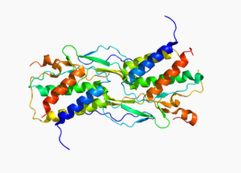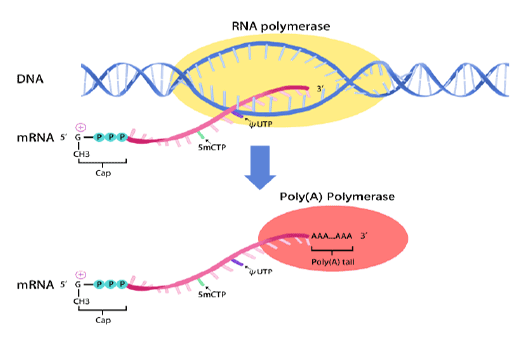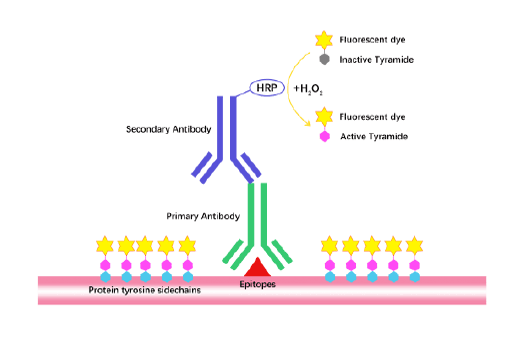IL-15, human recombinant protein
Human Interleukin-15 (IL-15) is expressed by the IL15 gene located on the chromosome 4. It shares approximately 97 % and 73 % sequence identity with simian and murine IL-15, respectively. Both human and simian IL-15 are active on murine cells. IL-15 is secreted by mononuclear phagocytes (and some other cells), especially macrophages following infection by virus. It possesses a variety of biological functions, including stimulating and maintaining of cellular immune responses, especially regulating T and natural killer (NK) cell activation and proliferation. In additionally, it shares many biological properties with IL-2, including T, B and NK cell-stimulatory activities. IL-15 signals through a complex composed of IL-2/IL-15 receptor beta chain. Although IL-15 lacks sequence homology with IL-2, it has recently been shown that both the beta and gamma chains of the IL-2 receptor are utilized for IL-15 binding and signaling. In addition, an IL-15 specific binding protein has also been cloned from a mouse T cell clone.
Reference:
1. Anderson DM, Johnson L, Glaccum MB, et al. 1995. Genomics, 25: 701-6
2. Krause H, Jandrig B, Wernicke C, et al. 1996. Cytokine, 8: 667-74
3. Chirifu M, Hayashi C, Nakamura T, et al. 2007. Nat Immunol, 8: 1001-7
4. Grabstein KH, Eisenman J, Shanebeck K, et al. 1994. Science, 264: 965-8
5. Giri JG, Ahdieh M, Eisenman J, et al. 1994. EMBO J, 13: 2822-30
6. Arena A, Merendino RA, Bonina L, et al. 2000. New Microbiol, 23: 105-12.
|
Gene ID |
3600 |
|
Accession # |
P40933 |
|
Alternate Names |
|
|
Source |
Escherichia coli. |
|
M.Wt |
Approximately 12.9 kDa, a single non-glycosylated polypeptide chain containing 114 amino acids. |
|
AA Sequence |
NWVNVISDLK KIEDLIQSMH IDATLYTESD VHPSCKVTAM KCFLLELQVI SLESGDASIH DTVENLIILA NNSLSSNGNV TESGCKECEE LEEKNIKEFL QSFVHIVQMF INTS |
|
Appearance |
Sterile Filtered White lyophilized (freeze-dried) powder. |
|
Stability & Storage |
Use a manual defrost freezer and avoid repeated freeze-thaw cycles. - 3 years from date of receipt, -20 to -70 °C as supplied. - 1 month, 2 to 8 °C under sterile conditions after reconstitution. - 3 months, -20 to -70 °C under sterile conditions after reconstitution. |
|
Formulation |
Lyophilized from a 0.2 µm filtered concentrated solution in PBS, pH 7.4. |
|
Reconstitution |
We recommend that this vial be briefly centrifuged prior to opening to bring the contents to the bottom. Reconstitute in sterile distilled water or aqueous buffer containing 0.1 % BSA to a concentration of 0.1-1.0 mg/mL. Stock solutions should be apportioned into working aliquots and stored at ≤ -20 °C. Further dilutions should be made in appropriate buffered solutions. |
|
Biological Activity |
Measured in a cell proliferation assay using MO7e human megakaryocytic leukemic cells. The ED50 for this effect is 0.300-2.60 ng/mL. The specific activity of recombinant human IL-15 is ≥1.50 ×108units/mg, which is calibrated against the human IL-15 reference standard (NIBSC code: 95/554). |
|
Shipping Condition |
Gel pack. |
|
Handling |
Centrifuge the vial prior to opening. |
|
Usage |
For Research Use Only! Not to be used in humans. |
Quality Control & DataSheet
- View current batch:
-
Purity: > 97 % by SDS-PAGE and HPLC analyses.
- Datasheet
Endotoxin Level: Less than 1 EU/µg of rHuIL-15 as determined by LAL method.
Related Biological Data









